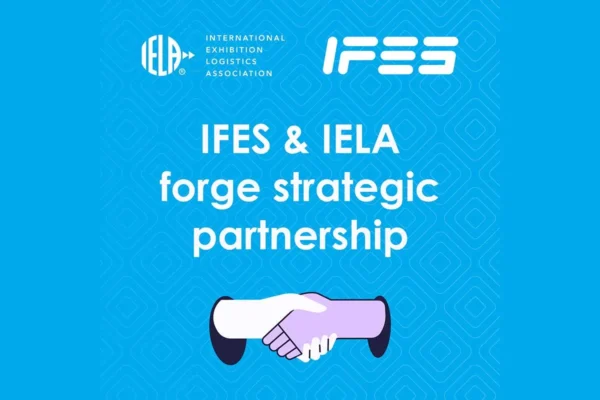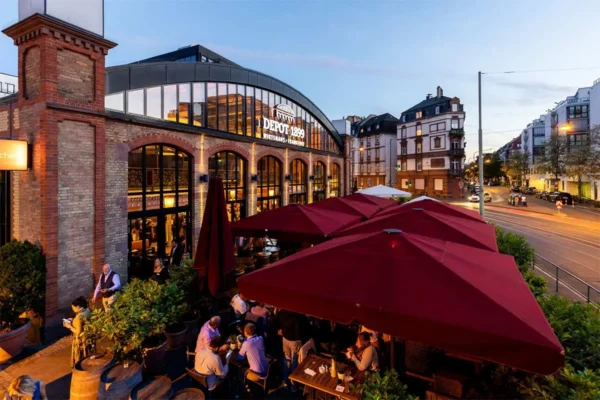Introduction
All relationships are built on trust, but how do you know when to trust someone if you don’t understand their language, culture and processes? Cautionary tales of doing business in foreign countries are numerous, making business people naturally apprehensive when exhibiting internationally.
The process of trade show exhibiting raises red flags to foreign exhibitors. In the U.S., the labor and material handling costs, which account for nearly 30 percent of the total exhibiting costs, are estimated but not confirmed until after the services are rendered, when other charges may be tacked-on to the original estimate. Additionally, there’s no consistency across trade shows – the rates and union rules vary across the country and even within the same city. Finally, the mandatory bill of lading asks for information that non-U.S. exhibitors are apprehensive about sharing with a stranger, information that may be considered invasive in their native culture.
The business models are confusing and mistakes are costly, so it’s not surprising that many non-US exhibitors assume that they’re being cheated when they come to the U.S. This complexity makes it important for international exhibitors to partner with a top quality I&D company that can help them navigate union jurisdictions and the deadline jungle.
Bruce Green and Mike Boone of Coastal International have years of experience helping global companies exhibit in the U.S., so we asked them to give us their top three tips for international exhibitors who are partnering with an I&D service provider at U.S. trade shows.
- Plan ahead for exhibit production and shipment
In other countries, the lead times for exhibit production and shipment are shorter and have fewer penalties. Because they are accustomed to the shorter lead times, ex-U.S. exhibitors will often call Green and Boone for quotes weeks before the trade show (about the time that domestic exhibitors’ booths are already produced and ready to ship). At this point, the foreign exhibitor has missed important deadlines and will incur costly overtime and rush charges, which sours them on the U.S. exhibiting process. But if the foreign exhibitor partners with an I&D service provider early in the process, they can meet important deadlines and save significantly. For example, exhibitors can save 25-33 percent on electricity just by ordering before the deadline.
If foreign exhibitors are bringing their exhibits from their home countries, they must plan buffer time for the shipping as well as for U.S. customs. According to Boone, the customs process was easier before 9/11, but can now take several days or weeks, sometimes putting the exhibitor at risk for missing the tradeshow. If an exhibit is held-up or damaged in customs, the U.S. I&D partner can find a solution with local resources and relationships. Boone once had a foreign client whose booth was stuck in customs and was going to miss the trade show, but Boone was able to call upon his contacts to get an exhibit built quickly.
Foreign exhibitors should also take into account the way they pack exhibits for international shipping. The drayage model has trained U.S. builders and labor crews to pack exhibits efficiently in sturdy crates, while other countries lack the drayage model and exhibitors often pack their properties in flimsy crates of low-quality plywood held together by staples. If the exhibit properties are damaged during transit or the customs process, their U.S. partner has the resources, relationships, tools, equipment and know-how to find a solution.
- Plan ahead for better labor crews
A foreign exhibitor is accustomed to working with a multi-skilled labor crew who are paid a set day rate and are motivated to install the exhibit as quickly as possible. In the U.S., the labor costs are variable based upon the rates and hours worked. Because of the union jurisdictions, laborers are often not mobile and the workforce is limited to the local labor pool. If the local labor supply cannot fulfill the work for a large trade show, unskilled temporary workers are hired but charge the same rate as a skilled laborer. Because the foreign exhibitor did not plan ahead, they are often stuck with the slow and unskilled laborers, paying the same rates as for skilled laborers and often having a less than optimal set-up.
The natural reaction from overseas exhibitors could be that they’re being cheated because they’re foreign. However, if they begin planning and working with an I&D partner months in advance, they would be better able to secure quality labor.
- Choose a partner who has experience working with international clients
An I&D partner who has experience working with international clients will have the patience and know-how to answer common questions. Construction terms do not translate well, and language differences can create challenges during the installation. An I&D partner with international experience is more likely to interpret needs. Boone remembered an Italian client who insisted that “stucco” be available on the show floor, but he didn’t mean the durable material used for the exterior of homes. In Italy, “stucco” is the term for quick dry wall, or “spackle,” which does not translate into Italian.
It’s important to hire a quality crew with the correct tools, ladders, cleaning materials, one that knows the venue, language, terminology, units of measurement, rules and regulations. When exhibitors coming to the U.S. from other countries plan ahead with a quality I&D partner, they increase their success rate and operate more efficiently.





























